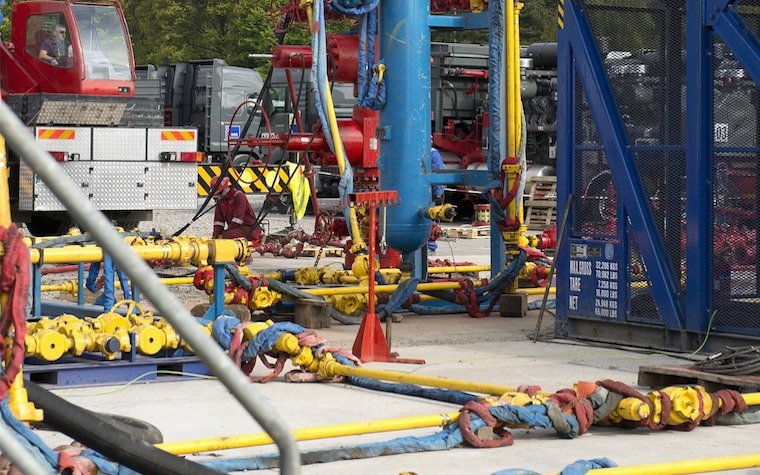U.S. carbon emissions have dropped to their lowest levels in 24 years, prompting sharp criticism against those opposed to fracking from a veterans' group that advocates for a strong oil and gas industry.
The
Energy Information Administration (EIA), which tracks information on energy
that's generated and consumed, estimates that the amount of carbon emissions from
fossil fuels will average less than 5.2 million metric tons this
year, the lowest amount since 1992.
This is largely due to natural gas, most of it produced through hydraulic fracturing, or fracking, which replaces large amounts of coal for electricity generation, Adam Sieminski, administrator of the EIA, said following the recent publication of the agency's latest monthly forecast.
The release of the latest figures prompted criticism from Nic Porta, chairman of the West Virginia branch of Vets4Energy, arguing that natural gas is vital to the country's national security.
“I do not understand the negative uproar regarding hydraulic fracturing,” Porta, a former U.S. Coast Guard officer, said. “It’s been used for over 60 years, and in millions of wells.”
“Hydraulic fracturing, in combination with horizontal drilling, has made America an energy superpower and made us a global leader is reducing carbon emissions,” Porta told American Security News. “And even the EPA says it is safe. Hydraulic fracturing is directly responsible for cleaning the air, improving America’s national security, helping more Americans get jobs and providing revenues to our government.
The
amount of electricity generated using natural gas reached a record
high in July, surpassing the previous record set in July 2015, the EIA report said.
“The record natural gas-fired generation was driven by competitive economics compared with coal and by warmer-than-normal temperatures that boosted overall electricity generation,” the report said.
In 2016, natural gas is expected to fuel 34 percent of electricity generation, compared with 30 percent for coal, the EIA said. This compares to just less than 33 percent natural gas, and just more than 33 percent coal, in 2015. Wind power now generates 6 percent of electricity, with solar power at 1 percent.
Sieminski said the market also comes into play.
“The drop in CO2 emissions is largely the result of low natural gas prices, which have contributed to natural gas displacing a large amount of coal used for electricity generation,” Sieminski said, adding that the EIA estimates that carbon emissions this year will fall even lower than 1992 levels.


 Alerts Sign-up
Alerts Sign-up